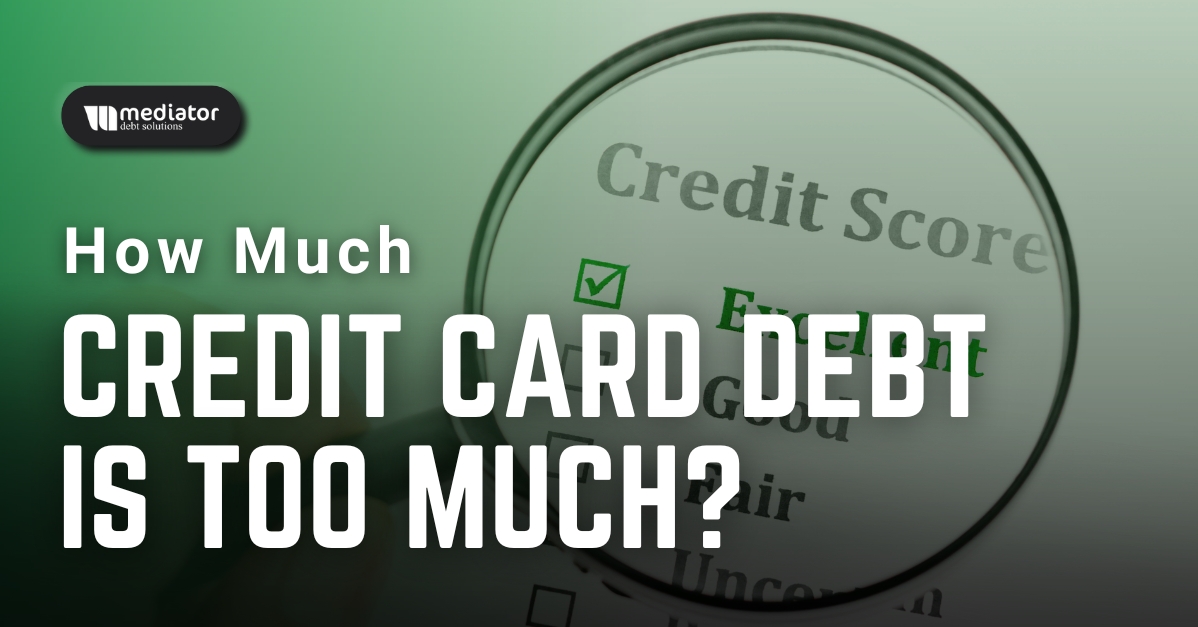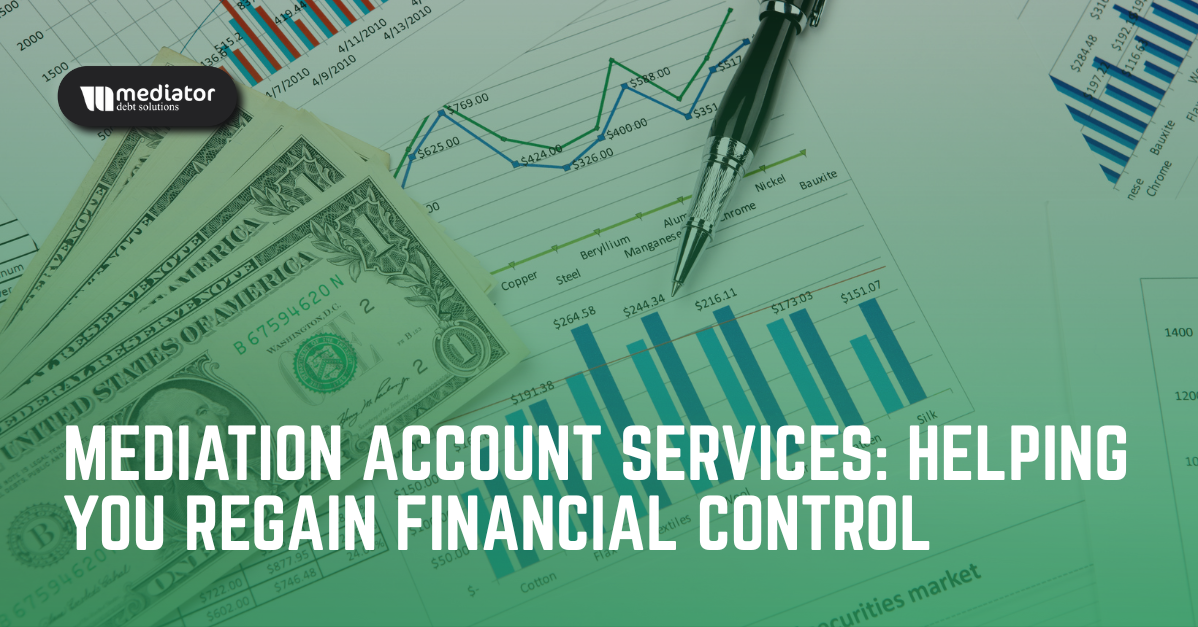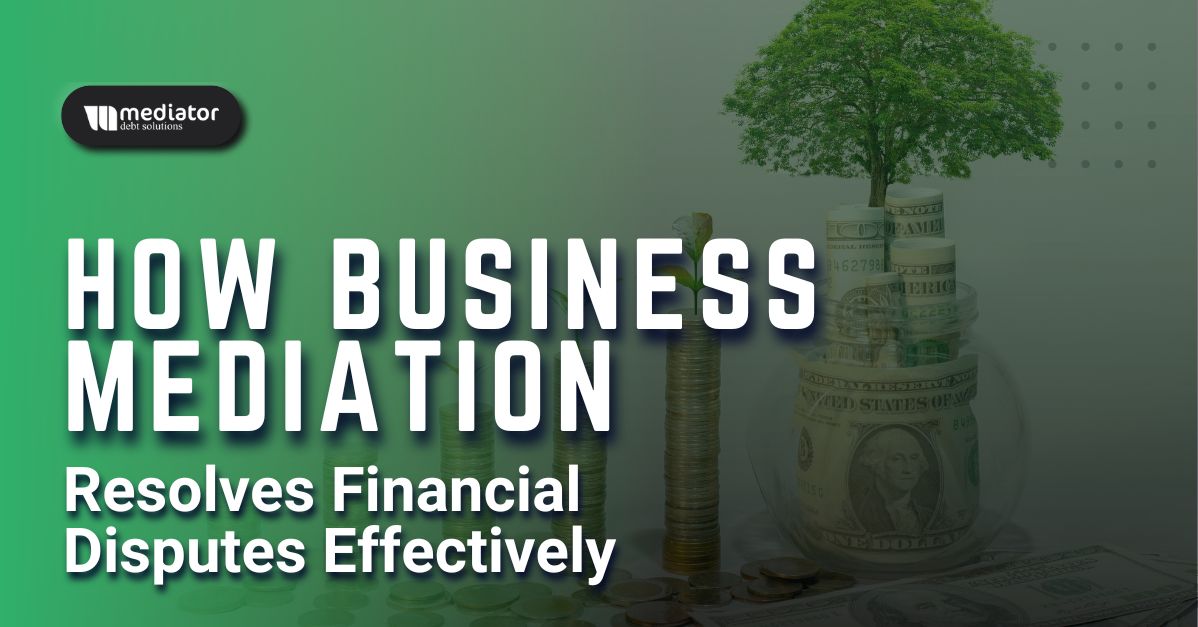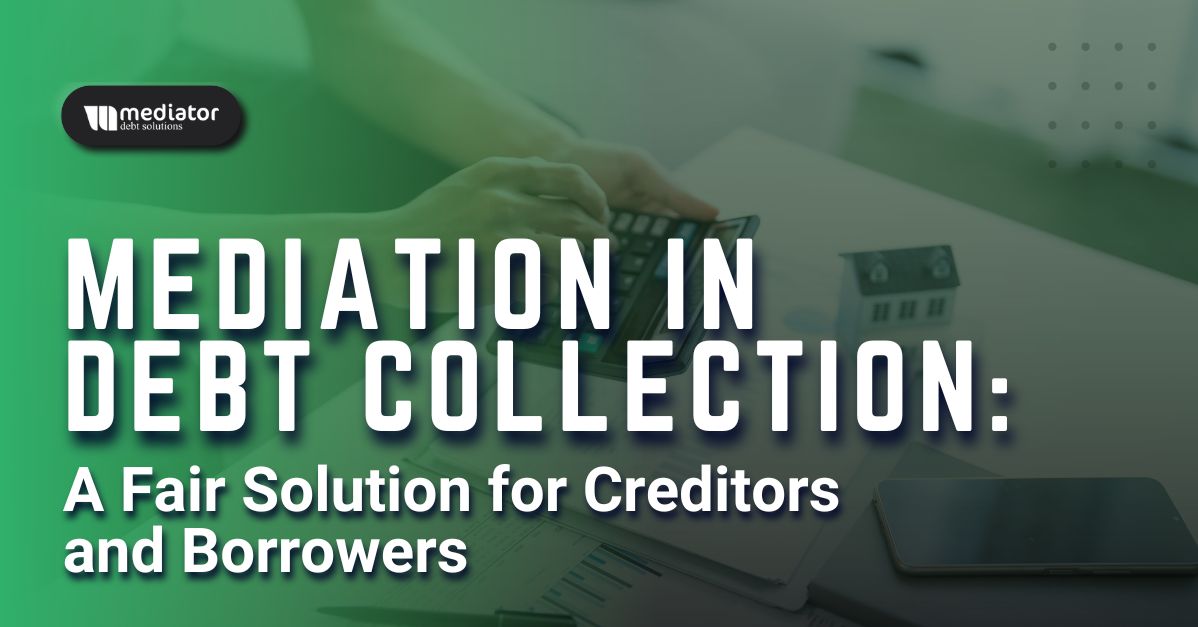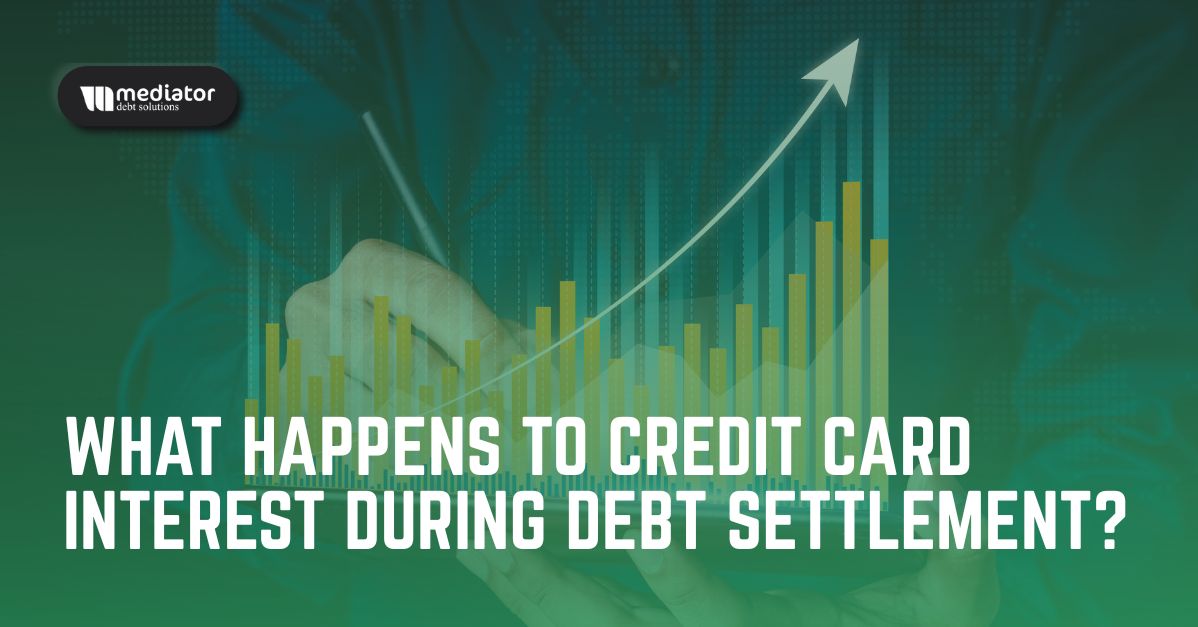Debt has become common in many people’s financial lives, particularly in the United States. While it is sometimes seen as a natural part of maturity or even a rite of passage, it is vital to understand the implications of excessive debt.
Statistics suggest that a large proportion of Americans are in debt. It is estimated that more than 80% of adults are in debt, which ranges from college loans and credit card debt to mortgages. So, while some debt is normal, can you accumulate too much debt? And if so, how much credit card debt is excessive?
What Is Credit Card Debt?
Credit card debt is typically defined as the monthly outstanding balances that borrowers carry. While it may seem convenient to make purchases with deferred payments, it is crucial to recognize that credit card debt is among the worst types of debt. This is primarily due to the exorbitant interest rates associated with credit cards, which can accumulate rapidly if balances are not paid off on time.
Without prompt payments, borrowers may be trapped in a cycle of escalating debt, making it increasingly difficult to regain financial stability.
How Much Credit Card Debt Is Too Much?
Determining what counts as “too much” credit card debt varies based on your personal situation rather than comparisons with others. Here are some signs that you might have too much credit card debt:
- High-Interest Accrual: If you’re accumulating a lot of interest on your balances.
- Difficulty Paying Bills: Struggling to meet other financial obligations.
- High Balances: Carrying a balance that is close to your credit limit.
There is no fixed quantity that defines too much credit card debt; it is entirely dependent on your individual financial situation and how you utilize your credit cards. As of the third quarter of 2023, US consumers’ average credit card balance was $6,501, up 10% from the previous year.
To determine whether your credit card debt is excessive, examine the following:
- Interest Accumulation: How much interest do you pay?
- Impact on Household Bills: Are you having problems paying your other expenses?
- Credit Utilization Ratio: How much of your credit limit are you using?
- High Minimum Payments: If your minimum payments consume a significant portion of your income, it may signal that your debt level is unsustainable.
- Difficulty in Meeting Payments: Struggling to make even the minimum payments can lead to late fees and negatively impact your credit score.
- Increasing Balances: If your credit card balances consistently rise rather than decrease, it’s a warning sign that you may be in debt.
Now that you understand how much credit card debt is excessive, it may be time to reassess your financial situation and make the necessary changes.
Debt-Free Life With Mediator Debt Solutions
If you’re struggling with credit card debt or financial issues, seeking expert help can be crucial. Here are some key points to consider:
Understanding Your Debt
– Know how much debt you have.
– Identify if your minimum payments are too high.
– Determine if you can keep up with your bills.
When to Seek Help
– If you’re unable to meet minimum payments.
– If you’re feeling overwhelmed by your financial situation.
Expert Assistance
Mediator Debt Solutions provides personalized advice on financial options, offering tailored solutions based on your unique circumstances. Our primary focus is your financial well-being, as we believe that your stability is essential. Our dedicated team is here to support you in managing and reducing your debt, helping you regain control over your finances. If you need assistance navigating your financial journey, please don’t hesitate to reach out for help!

